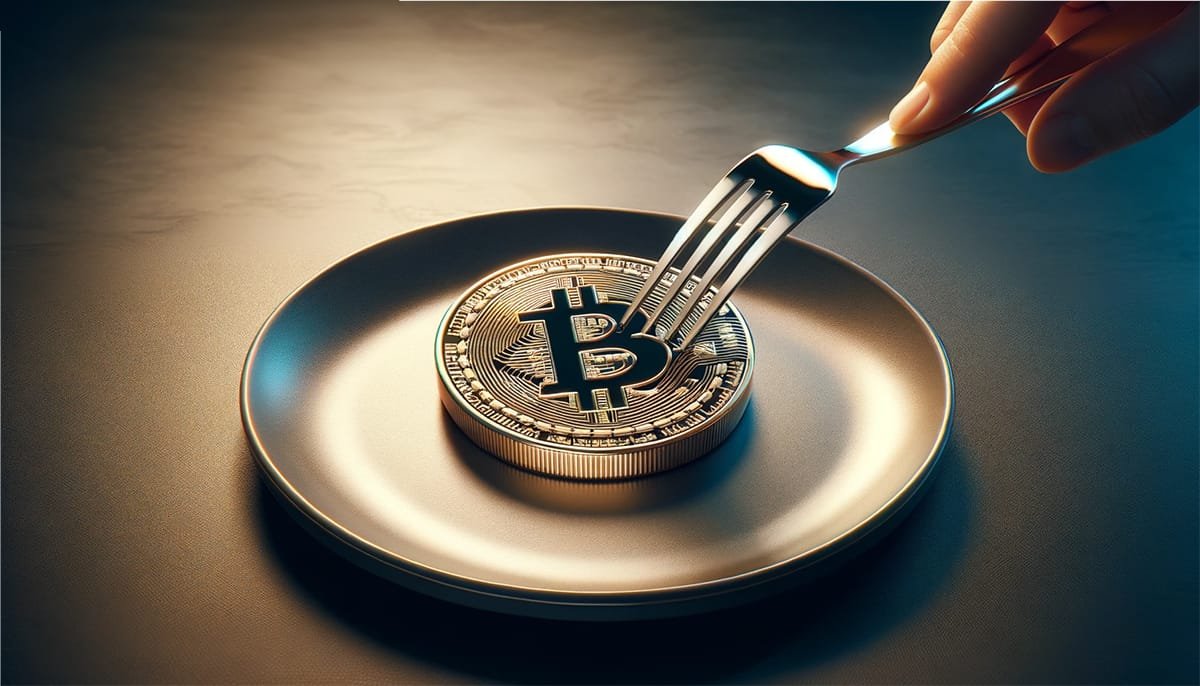Since its inception in 2009, Bitcoin has been the subject of numerous forks, or splits, that have led to the birth of new cryptocurrencies and variations of the original protocol. As of May 2024, over 100 Bitcoin forks have emerged, each with its own narrative, adoption rates, and levels of success. This evolving landscape has ignited heated debates within the cryptocurrency community: are these forks groundbreaking innovations or disruptive forces undermining the network’s stability and core values?
Today, we’re diving into this dichotomy. We’ll explore the motivations behind these forks, their achievements, and their implications for Bitcoin’s future.
Major Bitcoin Forks and Their Impact
While the early Bitcoin community might not have been a bastion of unity, they managed to tread along Satoshi Nakamoto’s vision—at least for a while. However, the first crack appeared in 2014 with Bitcoin XT, which attempted to increase block size from one to eight megabytes. This divergence laid the groundwork for more contentious forks like Bitcoin Classic and Bitcoin Unlimited, which took the opposing route of adjusting block sizes to 2MB and a whopping 16MB, respectively.
But the most notable forks have left a lasting imprint on the crypto landscape. Let’s examine a few of the most impactful:
Bitcoin Cash (BCH)
Launched on August 1, 2017, Bitcoin Cash (BCH) was born from a hard fork of Bitcoin, primarily aimed at solving its scalability issues. Proponents argued that increasing the block size would alleviate slow transaction times and high fees—a bit like upgrading from a crowded two-lane road to a spacious highway.
BCH gained rapid attention and saw a significant initial value surge, reaching a market capitalization that caught many eyes. Its community remains dedicated to evolving its features, continually debating the balance between scalability and maintaining the original Bitcoin ethos. However, it faces stiff competition from other cryptocurrencies vying for the same low-fee, fast-transaction crown.
Bitcoin SV (BSV)
On November 15, 2018, Bitcoin SV (Satoshi Vision) split from Bitcoin Cash amid a heated community dispute regarding further block size increases. Spearheaded by Craig Wright and Calvin Ayre, BSV aimed to restore what its leaders claimed was Nakamoto’s original vision, pushing the block size limit to 128MB and eventually to 2GB.
However, this massive increase raised eyebrows regarding centralization—imagine trying to cram an entire stadium’s worth of people into a coffee shop. As BSV continues to grapple with its controversial stance, its survival hinges on overcoming skepticism and achieving widespread acceptance.
Bitcoin Gold (BTG)
Created on October 24, 2017, Bitcoin Gold sought to decentralize Bitcoin mining by switching the mining algorithm from SHA-256 to Equihash, which is more accessible for individual miners. Think of it as opening up a private club to everyone rather than just the elite members with the best equipment.
While Bitcoin Gold saw initial enthusiasm and was welcomed by several exchanges, it faced significant hurdles, including a major 51% attack in 2018. Despite its efforts to democratize mining, it still lingers in the shadows of more dominant forks like BCH and BSV.
The Motivations Behind Bitcoin Forks
Bitcoin forks arise from a blend of ideological, technical, and economic motivations. Scalability concerns often drive these splits; as Bitcoin’s popularity surged, its network struggled with transaction processing, leading to long waits and high fees—akin to rush hour traffic on a Monday morning.
Technical improvements are another key motivator. Some forks introduce new features like enhanced privacy or smart contract capabilities, aiming to address perceived deficiencies in Bitcoin’s original design.
Personal ambitions also come into play, with power struggles, financial incentives, and ideological differences contributing to the fork frenzy. For instance, Bitcoin Cash’s initial price spike to around $4,355 in December 2017 illustrates how these forks can become speculative investment vehicles.
How Major Forks Have Impacted Bitcoin
The fallout from Bitcoin forks extends beyond mere market numbers; they have both tangible and intangible consequences for the cryptocurrency ecosystem. While none have emerged as genuine solutions to cash flow challenges, their impact is nonetheless significant.
Market Volatility
Bitcoin forks tend to stir the pot of market volatility. The Bitcoin Cash fork in August 2017 is a prime example: Bitcoin’s price dipped from about $2,800 to $2,700 post-fork, while BCH began trading around $555. Similarly, Bitcoin SV’s price has seen dramatic swings, from highs of $441 in January 2020 to lows of $63 in June 2024, largely driven by speculation and market sentiment.
Network Scalability and Development
Forks have sparked vigorous debates about Bitcoin’s scalability, propelling initiatives aimed at enhancing transaction capacity. The limitations of Bitcoin—like its one-megabyte block size—prompted developments such as the Lightning Network, a layer-two solution designed to enable quicker, cheaper transactions through off-chain channels.
Security Concerns
Not all forks come without risk. Some have inadvertently introduced security vulnerabilities. For instance, Bitcoin SV’s lower hash rate raises alarms about potential 51% attacks, where a malicious actor gains control of the majority of the network’s mining power. This vulnerability leads to questions about the long-term viability of certain forks—if bad actors can seize control with relative ease, what’s the point of creating new variations?
Conclusion
As the cryptocurrency market matures and integrates with traditional financial systems, the ramifications of Bitcoin forks resonate beyond mere digital assets. Their success or failure will shape the fortunes of investors and businesses alike, while also influencing the stability and security of the global financial infrastructure.
In navigating this complex landscape, one thing is clear: forks may come and go, but the conversations they spark—and the lessons they teach—are here to stay. So, grab your favorite beverage and settle in; the fork in the road is just the beginning of an exhilarating journey.





